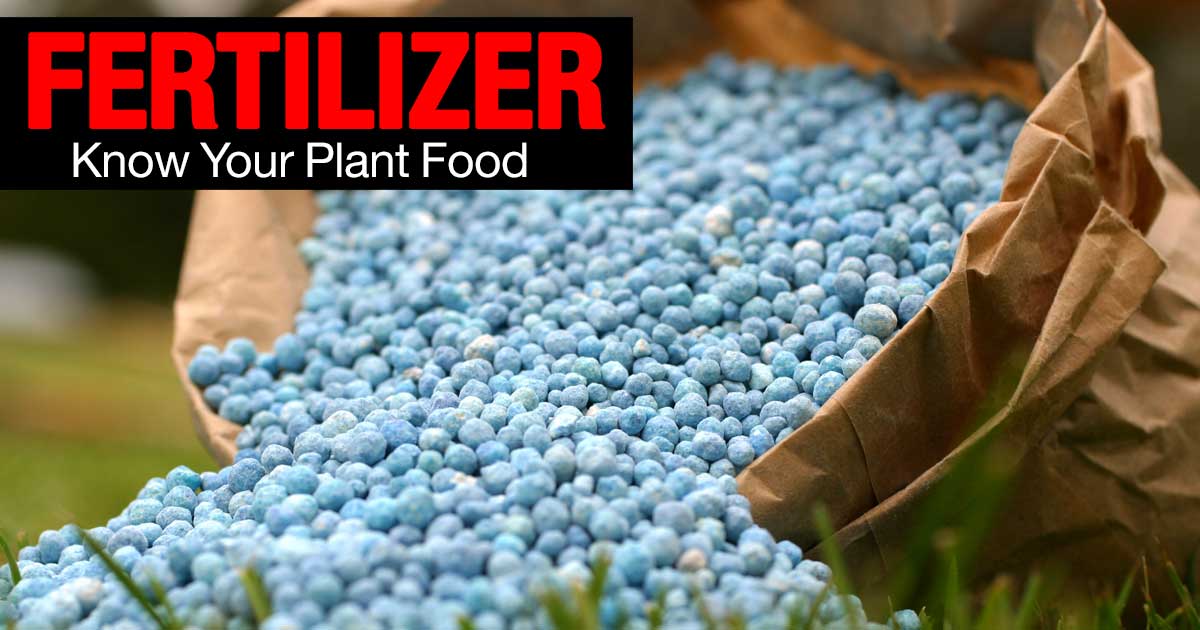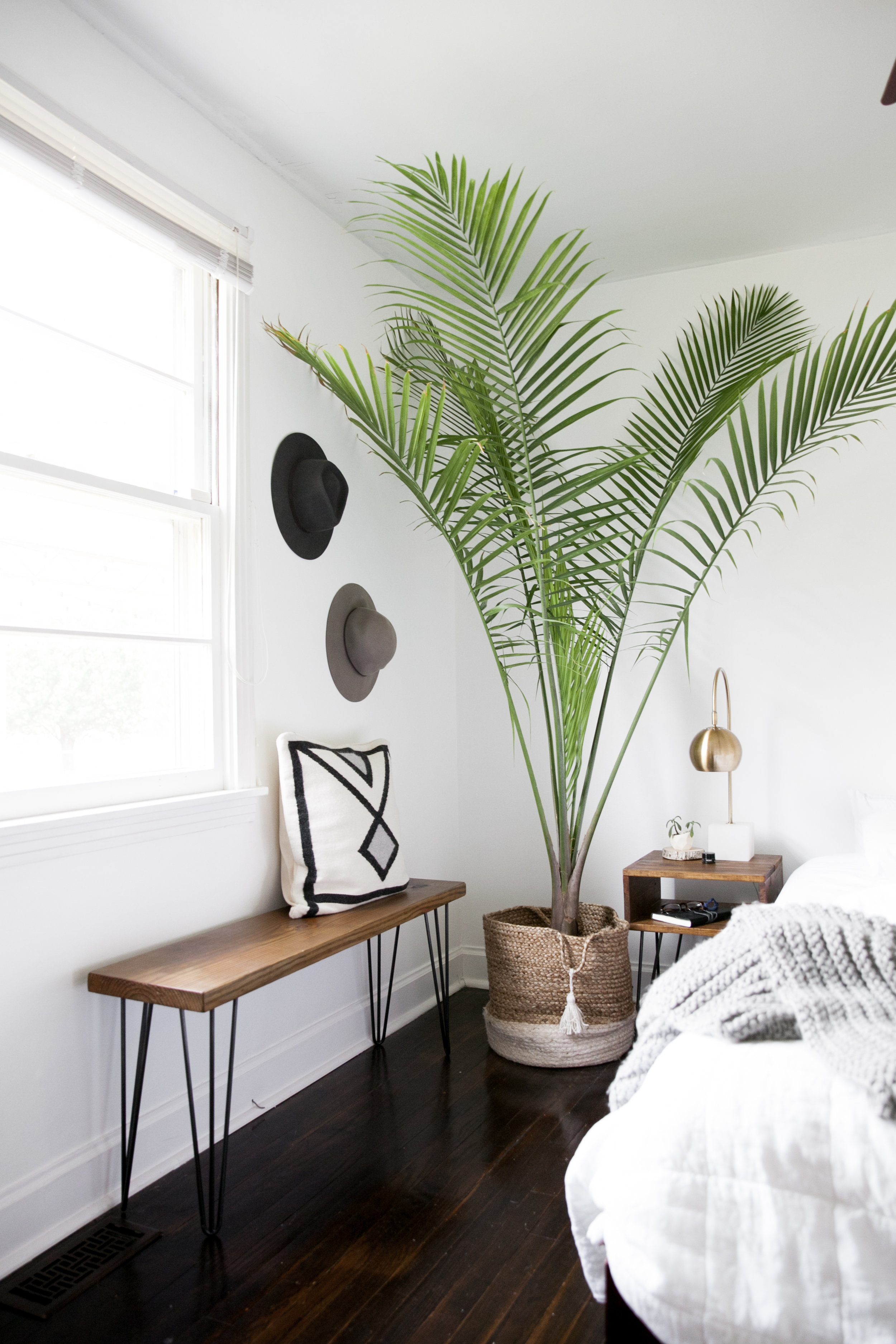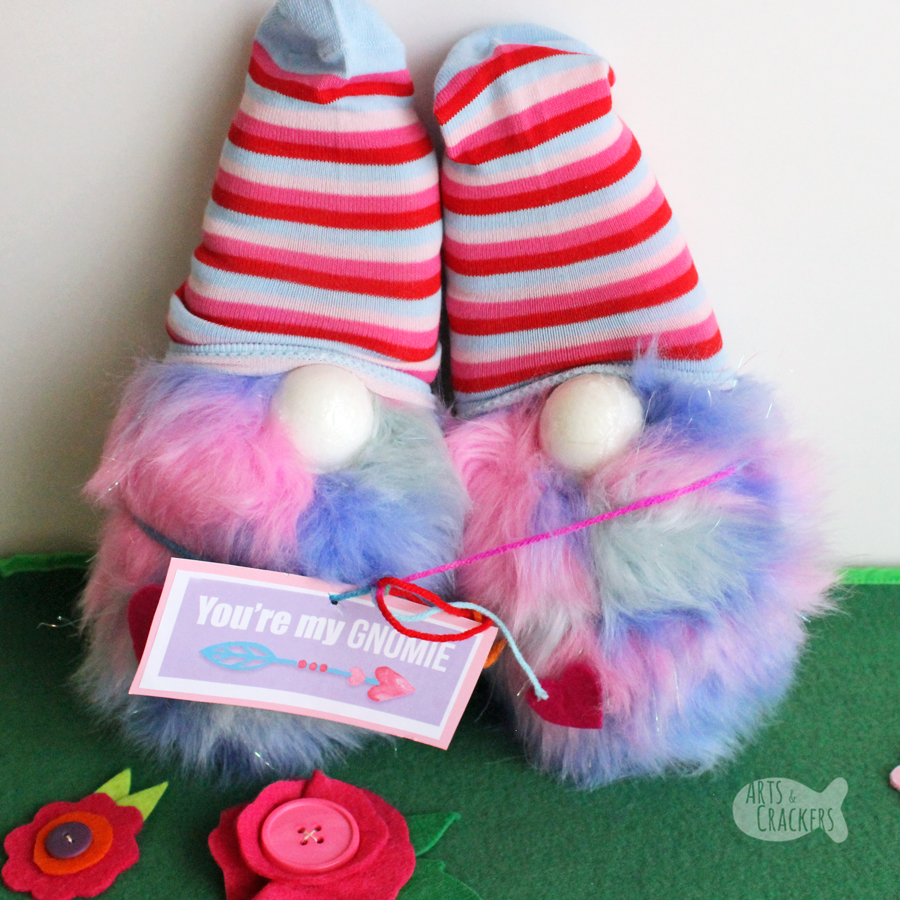Table of Content
This easy care vine is attractive with golden variegation running through dark green leaves. Shiny, large leaves are one of the rubber plant’s most distinctive traits. These hardy, tough plants can get quite tall, so they need enough space to grow.

Adding a few air-filtering house plants to your home is one of the cheapest and most effective ways to improve your indoor environment. Also known as Sword Ferns, Bostons are supposedly incredible at removing pollutants from the air, and who doesn't need a little more texture in their life? These guys love humidity, making them some of the best bathroom plants too. 'In fact, NASA’s study placed them as the 9th best for air purification. They’re especially good at removing formaldehyde - a toxin generated by smoking, certain cosmetics and household adhesives. So if you’re suffering from symptoms like dry skin, dry noses or sore throats a boston fern could help you out!
Money Plant
Our article "Do plants clean the air?" gets to grip with the science if you want to learn more. This flowering plant produces one of the happiest flowers, and it is also a powerful air purifier. These plants can be grown outdoors in the fresh air as well, but they’re typically found inside. This member of the ficus family looks more like a small tree, but it’s actually a plant.
These plants are easy to maintain; all they’ll need is a little indirect sunlight, moderately fertile soil, and regular watering. These qualities make philodendrons great beginner houseplants. Although they need lots of light and relatively high humidity, Boston ferns are easy to maintain and grow. They’ll filter the air throughout the home, but it’s important to check the soil regularly for moisture. The Boston fern’s complicated watering requirements make them a less effective choice for novice planters.
Calathea Medallion Care Guide and Plant Profile
For those of you who are houseplant newbies, the resilient spider plant is a perfect choice. It will quietly battle toxins including carbon monoxide and xylene, a solvent used in the printing and rubber industries. If you have pets, this is one of the few houseplants that are non-toxic to animals. Another great option for beginner gardeners, spider plants flourish in bright, indirect sunlight with lots of water. Some mature spider plants produce white flowers, which then mature into baby spiderettes that can be removed and rooted in water or soil. Pothos, or Devil’s Ivy, is one of the most popular indoor plants because it’s near impossible to kill.

Still not sure what plants to get, how many to buy, and where to put them? Keep reading for more information about air-purifying plants. There are also plants with features that cause a direct physical threat. You’d never want to put small potted cacti inside a home with kids because one of them is bound to get stuck.
Calathea Ornata Care guide and Plant Profile
Pothos N Joy, ( Epipremnum aureum ‘ N-Joy) has particularly interesting foliage. This easy care vine will create a lively focal point in your home. Below is a list of even more Excellent Air Filtering Plants we wrote care guides for. Florist’s chrysanthemums or “mums” are ranked the highest for air purification. Neglecting the quality of the air you breathe on a daily basis could result in serious consequences.

It prefers bright sunlight and you'll need to provide water to the plant's central reservoir and mist it often. This evergreen climbing plant is well adapted to indoor conditions. Different varieties will prefer different light situations, from bright, indirect light to low-light spaces. It’ll look especially picturesque growing from a hanging basket or around your windowsill. It likes bright, but not direct sunlight, and does have preferences about its care. Bamboo palms also transpire a healthy dose of moisture into the air, making it a welcome addition in dry winter months.
Dwarf Mountain or Parlour Palm (Chamaedorea elegans)
Its vines grow fairly quickly and look great suspended from elevated areas – it’s one of the best indoor hanging plants. Before HVAC air filters and portable air purifiers existed, people had another way of purifying the air in their homes. Houseplants served as a decorative feature and doubled as a natural air purifier.
House Plants metabolize some toxic chemicals, releasing only harmless by-products into the atmosphere. In Wolvertons 1989 study the Major Pollutants studied were primarily Benzene, Formaldehyde and Trichloroethylene. She also has a soft spot for feel-good TV, so you can catch her writing about popular shows like Virgin River, Sweet Magnolias, Hallmark Channel’s When Calls the Heart and more. Humans have always "known" plants did more than provide food for us or look good, but there was no real science to support this idea until about 40 years ago. This colorful plant’s blooms look like flamingos, which is why, fittingly, it’s also called the Flamingo Lily.
Their roots grow upwards and often become entwined around the plant’s trunk, forming interesting shapes. These plants love bright, filtered light and a little attention now and then. But if you have a space with bright filtered light, its gracefully arching leaves will make a pretty addition to the room.
Indoor plants can help capture the particles that the air filter misses or those that come into the home from outside before cycling through the air filter. Plants add an extra layer of protection rather than being the only layer. A weeping fig is like a miniature tree and can add a dignified look to your home with its small dark leaves. It is a little more difficult to look after than some of the other options and requires medium levels of light and careful watering to thrive. Also known as pothos, Devil's Ivy is super popular and very undemanding. Plus, it cleverly removes household toxins like xylene, benzene, formaldehyde and trichloroethylene.
You should be able to find Golden Pothos at most local garden centres, where it may be labelled as Devil's Ivy, Epipremnum Aureum or Ceylon Creeper. Rubber plants were found to produce a significant amount of oxygen compared to other plants, and they have a built-in defense mechanism against mold and pathogens. This pretty plant was found to neutralize toxic cleaning product VOCs—like ammonia—and it’s also for known for its high transpiration rate, which makes it an all-natural humidifier. The Pearls and Jade Pothos is a stylishly exotic variegated vine. Manjula pothos have only a few basic requirements to remain a happy durable plant.

The marbled leaves can help greenify your home at the same time as removing mould and pollutants. Said to remove formaldehyde particulates from the air, Kentia Palms are brilliant at detoxing a space and easy to grow too. Keep yours in light conditions, though they are tolerant of shade also, and be careful to not overwater yours.
























